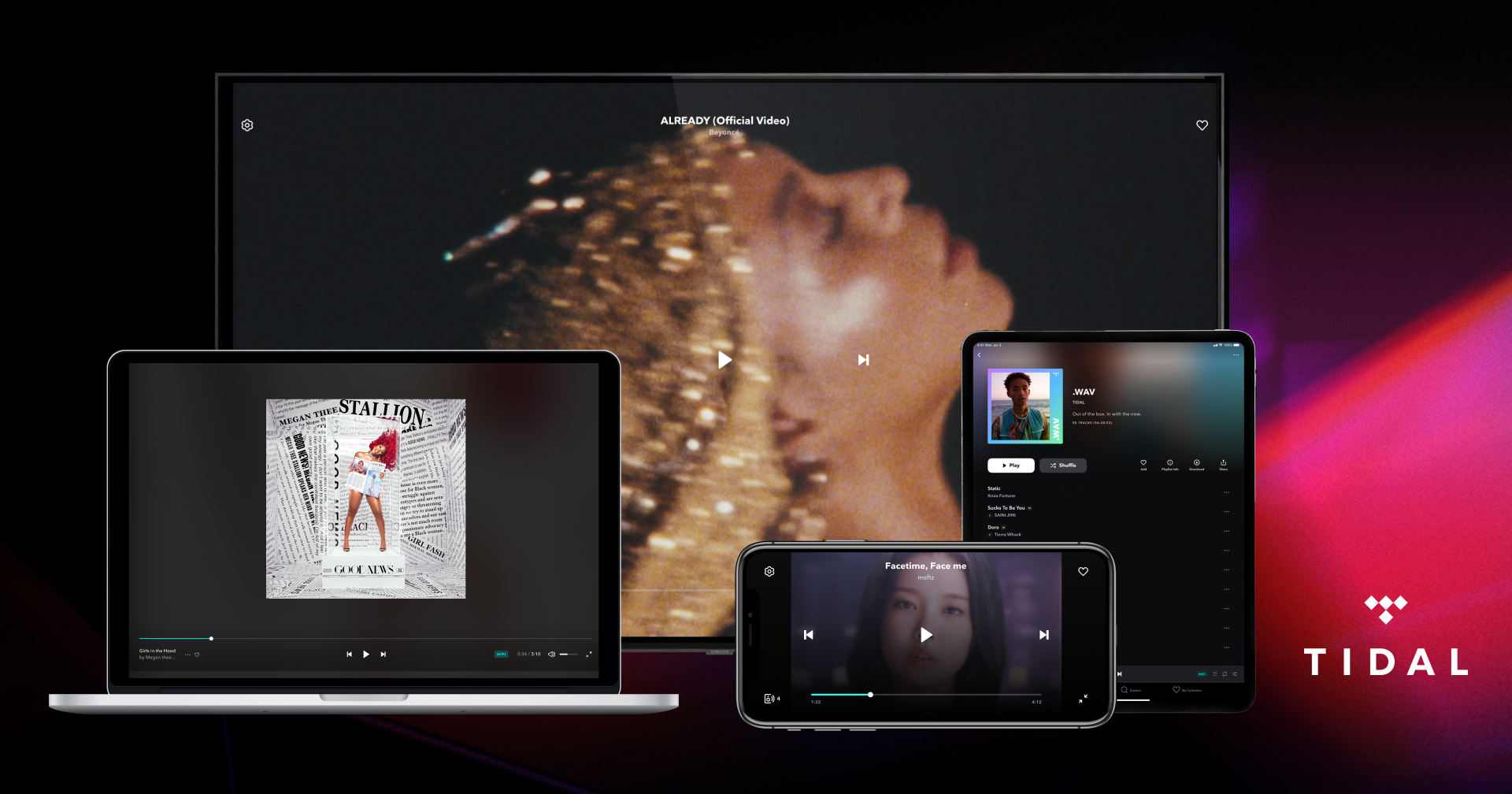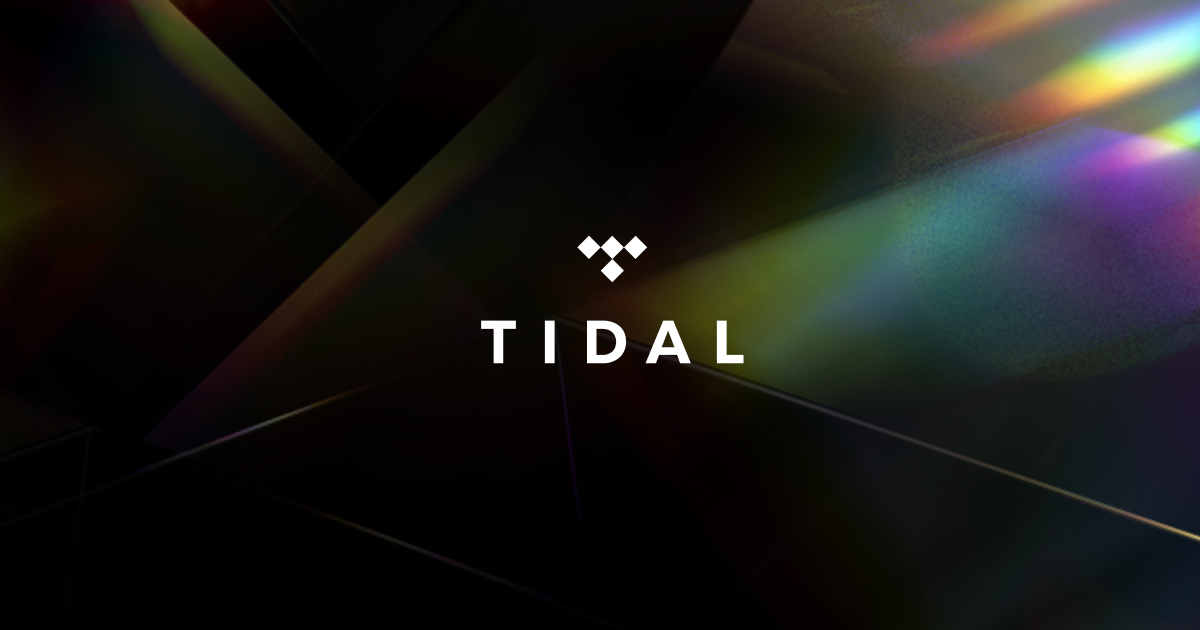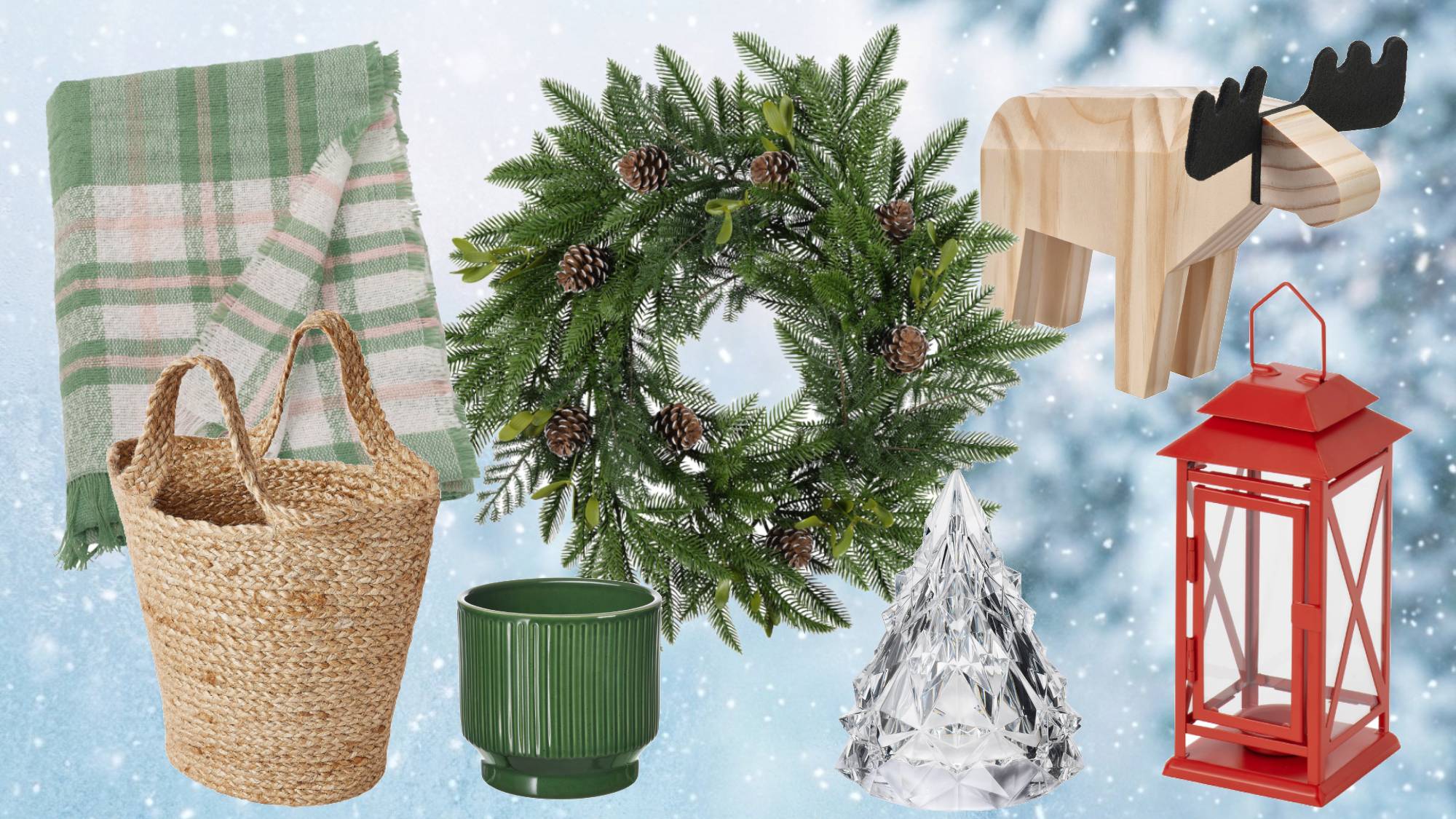I switched from Spotify to Tidal — 3 things I love and hate
Tidal and Spotify are similar programs, but each has distinctive pros and cons

Spotify is in the news more often than not lately. First, classic rock legend Neil Young quit the platform in protest of Spotify hosting Joe Rogan’s controversial podcast. Joni Mitchell and other high-profile artists soon followed. Rogan responded, but this did little to ease the situation. Without rehashing the whole issue, Spotify is a bit of a battleground right now, and the platform may eventually have to decide whether it wants to keep its hands-off approach for popular podcasts, or its enormous roster of talented artists.
While I don’t have strong feelings about Joe Rogan, I do have strong feelings about the musicians involved, and about which side of history I’d rather be on once the dust settles. On Monday morning, I deleted Spotify from my computer and felt pretty good about my decision. By Monday afternoon, however, I was craving some music beyond my well-worn personal collection.
After doing a little research, it seemed as though Tidal, a music-streaming service from Norway, might be the closest Spotify replacement. Tidal made waves (heh) a few years back for its commitment to high-quality streaming music, as opposed to the relatively low bitrates that Spotify offers. While I’m not a hardcore audiophile, I do appreciate high bitrates, complete albums and streamlined apps, all of which Tidal commits to.
Having used the service for about a week, I mostly like Tidal, and have no desire to go back to Spotify, at least until the current controversy gets resolved. Still, there’s no denying that Spotify generally has a better music selection, as well as better cross-platform support. Here’s what I like about Tidal so far, and what I’d like to see improve. (Our Spotify vs. Tidal face-off also directly compares the two services.)
Tidal: Things I love

Better sound quality
Tidal’s primary selling point over Spotify has always been its better sound quality. At the $20 per month HiFi Plus tier, you can get lossless bitrates of up to 9,216 kbps on certain master tracks. The more moderate HiFi plan ($10 per month) streams at around 1,411 kbps. Spotify, on the other hand, tops out at 320 kbps, which is a sizable difference.
I haven’t decided whether or not to pay for Tidal yet, so my only access to this high-quality bitrate has been through a 30-day free trial. On the free tier, Tidal offers a 160 kbps bitrate, the same as Spotify’s free tier. But it’s good to know that if I decide to pay for a monthly subscription, I’ll be getting music at CD quality or better, rather than "mid-2000s era MP3."
Get instant access to breaking news, the hottest reviews, great deals and helpful tips.
Good music selection
All the sound quality in the world won’t do you any good if an app doesn’t offer the music you want to listen to. Thankfully, Tidal has been pretty good in this regard so far. When you first start up the program, Tidal asks you to pick three artists (ideally in three different genres) to get a good idea of your tastes. I was pleased to find Gillian Welch, The Rolling Stones and Hilary Hahn all listed among the top choices. (They’re all popular, but it’s fair to say that none of them is topping the Billboard charts right now.)
Over the past week, I’ve found almost everything I want to listen to, from chill bluegrass, to tried-and-true classic rock, to John Williams soundtracks and more. (There also appears to be a respectable selection of pop and hip-hop, if you’re into that kind of thing.) The interface is clean and navigable, and the service has plenty of curation options. You can choose your favorite tracks, listen to full albums, view hand-picked playlists or let the algorithm decide. These features aren’t unique to Tidal, of course, but they’re vital for any good music app.
Musicians aren’t fleeing in droves
While this may be sort of an ephemeral thing, it’s worth pointing out that Tidal isn’t mired in any kind of huge controversy at the moment. Artists aren’t protesting it; no one’s accusing it of spreading medical misinformation; listeners aren’t drawing up political battle lines about what should and shouldn’t be on the service. Tidal is here to provide high-bitrate streaming music, and that seems to be the only thing it’s known for.
(Well, that and a potential case of fraud from back in 2018. We’ll see what happens with that one.)
One potential reason for this is that Tidal pays musicians much more per stream than Spotify does: about four times as much, according to one music enthusiast site Producer Hive. If you subscribe to Tidal’s $20-per-month HiFi Plus tier, it will also funnel “up to 10% of your subscription” to artists of your choice. While I can almost guarantee that no musician is getting rich from Tidal, it’s at least more generous than some of its competitors.
Tidal: Things I hate

Not as much obscure stuff
While I have no issue with Tidal’s music selection overall, there’s no denying that Spotify has more stuff. While Tidal claims to host more than 80 million tracks, Spotify claims to host more than 82 million. Based on my own listening habits, I’ve definitely found a few blind spots in Tidal’s library. Both services have nearly complete discographies from major artists, and popular albums from more niche artists. But when it comes to older and more obscure albums, Tidal tends to be patchy, whereas Spotify is (sometimes surprisingly) robust.
Naturally, the exact tracks you can and can’t find will vary from listener to listener. But even in my first week of using Tidal, I’ve been disappointed to discover that a lot of my go-tos from Spotify simply aren’t present. Perhaps this is a sign that I should buckle down and just buy the albums outright, but it’s also a sign that Tidal could patch up a few missing spots in its library.
No game console apps
One of the major advantages of Spotify is that you can install it on pretty much everything. While Tidal has apps for PC, Mac, Android, iOS and a frankly ridiculous number of high-end sound systems, Spotify currently has a huge leg-up over its competitor on the PS5 and Xbox Series X. Spotify is an indispensable tool on modern consoles, as you can seamlessly replace the background music in whatever game you’re playing with Spotify tracks instead.
Tidal doesn’t have an app on either PlayStation or Xbox. As such, if you want to zone out and listen to some music or podcasts while you level-grind in an RPG or play casual matches in a competitive shooter, you’ll have to set up Tidal on a totally different device. It’s not clear whether Tidal is working on game console apps at all, which makes Spotify much more appealing to console gamers almost by default.
Smaller user base
Tidal reminds me of nothing so much as being an Android user in the early 2010s. Before Google’s mobile OS hit it big, being an Android user felt very much like being a second-class citizen in the world of smartphones. You got less polished apps, months (or years) after iOS — if you got them at all. Cross-OS compatibility was limited. There was a sense that nothing worked 100% right with Android, and if you wanted a solution, you’d have to kludge one together yourself.
As mentioned above, Tidal has no game console apps. It doesn’t integrate with Discord. If you want to share music or playlists with your friends, you’ll probably have to convince them to sign up for Tidal first. As of 2016, Spotify had about 100 million users; Tidal had about 3 million. It probably has not closed the gap in the interim.
Will I keep using Tidal?

All told, I like Tidal. It offers the music I want, and in better quality than Spotify. I can listen to Neil Young and Joni Mitchell on it, which is a big plus right now. And yet I wonder whether the program will expand significantly in the near future — or if it even has the resources to do so.
As far as a comprehensive Spotify vs. Tidal analysis, I haven’t used Tidal enough to offer an informed opinion. But I can listen to the music I want without an online tempest hovering over the service, and for now, that’s good enough for me.
Curious about how well Spotify, Apple and Tidal pay musicians? We talked to one to find out.

Marshall Honorof was a senior editor for Tom's Guide, overseeing the site's coverage of gaming hardware and software. He comes from a science writing background, having studied paleomammalogy, biological anthropology, and the history of science and technology. After hours, you can find him practicing taekwondo or doing deep dives on classic sci-fi.
